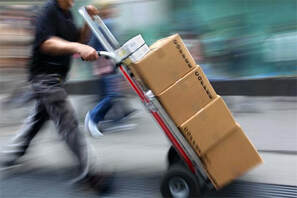 What can your tech tell you about your suppliers at this very moment? Supply chains continue to be strained and food quality and safety may suffer as a result, so it’s all the more important to have accurate, up-to-date safety and quality information about your suppliers at your fingertips. As a recent report from Modern Restaurant Management advises, operators should use their tech to manage supplier certification for vendors, continuously monitor the consistency and quality of their products, and store data about each supplier. This will make it easier to spot risks before they become full-blown problems, as well as help you identify suppliers with the strongest records of quality and safety.  As escalating food and energy costs continue to drive inflation higher, restaurant operators are trying to run even more leanly than they have in the past two years. But as a recent Nation’s Restaurant News report mentions, you can use tech to minimize the impact of inflation on your operation. Emphasize the importance of ordering directly from you through your website or app versus third-party vendors – being able to accumulate and analyze guests’ data is critical to developing the menu items and promotions that will bring them back. Then try to put costly or tedious functions on autopilot. That means considering QR codes or self-order kiosks at the front of house to streamline ordering and payment while minimizing the labor required. In the back of house, consider tech tools that can make your food safety program more consistent – connected temperature sensors, digital checklists in place of paper processes, and the use of alerts to monitor cleaning and maintenance can all help you minimize waste and manage resources better at a time when they are especially tight.  QR codes have become ubiquitous in restaurants, helping businesses process orders and payments quickly with less labor. But as with all technology, there is risk for malicious activity that could impact your guests. Cybercriminals have begun to alter QR codes in an effort to redirect consumers to fraudulent websites and access their personal details. This can happen via stickers that are placed on top of legitimate QR codes on a restaurant menu or signage, or via fraudulent QR codes emailed to consumers. Consumers can avoid being scammed by ensuring they don’t scan codes that appear to have been tampered with, never scanning an emailed QR code, checking the URL of the page that the QR code takes them to, or visiting the restaurant’s website directly to place an order. It’s a risk to be aware of if you’re directing your guests to QR codes more often right now (and reducing staff accordingly). 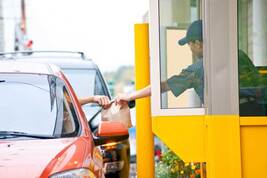 Off-premise orders haven’t decreased since restaurant dining rooms have reopened – and as a result, making the process of ordering and collecting food as smooth and speedy as possible has become a larger priority for restaurants. According to the Restaurant Friction Index, 37 percent of consumers would be more inclined to frequent restaurants that made it possible for them to collect orders without waiting in line, while 35 percent said they would favor restaurants that allowed them to collect drive-thru orders without waiting. While some brands are adopting advanced logistics to place the location of a customer or delivery driver so they can have an order ready on arrival, a simpler fix may help remove some friction too. One tactic that the fast-casual brand Portillo’s has implemented recently is improving their wifi. Doing so has extended the radius within which workers can take drive-thru orders, Pymts.com reports, and is helping the brand maintain volumes and extend capacity.  Out of necessity, robotics and automation are finding new places in restaurant kitchens – to help offload mundane tasks and, in some cases, to keep an eye on staff in an effort to minimize errors and maximize efficiency. According to a recent report from Restaurant Dive, technology known as computer vision is gaining ground in the foodservice industry as a means of identifying inaccuracies in orders and notifying staff who can step in and correct them. It also has the ability to gather data about how staff work together, then provide analytics about who collaborates well in which positions. Providers of the up-and-coming technology include Lifestream AI, Presto and Agot AI.  Stability is hard to come by in the restaurant industry – but your technology may help you build and maintain it. According to new research from Paytronix Systems on consumers who own high numbers of connected devices, there is much loyalty – and therefore stability – among these consumers. The research found that 60 percent of high-tech consumers participate in loyalty programs at quick-service restaurants and 75 percent participate at table-service restaurants. High-tech consumers are also far more aware of and eager to adopt subscription programs, with 40 percent being “very” or “extremely” familiar with restaurant subscription services – as opposed to the 21 percent average for the general sample surveyed.  At a time when restaurants are juggling economic challenges and uncertainty, it can be helpful to zero in on the elements you’re better able to control. Harnessing your restaurant’s data can give you some of that much-needed control right now. That means going as deep as possible on your data: For example, if there is a festival happening in your neighborhood in July, can you adjust your formula to best adjust your plans if the weather is sunny as opposed to rainy, stock up on items that were hot sellers during the same weekend last year, ensure your best employees are working to manage the extra customers, and revise your plan entirely if the festival is suddenly postponed? By combining data about your historical and real-time sales, staff, trends and location, you can improve the precision of your ordering, better anticipate spikes and dips in demand, and aim to have the right number of staff on hand to support you. Is your tech doing all it can to bring greater precision to your forecasting?  Could you benefit from online payment – not the customer-facing kind, but the kind used at the back of the house to pay the wide range of suppliers keeping your business stocked? As much as technology has introduced speed and efficiency at the front of the house, for many restaurants, back-of-house operations continue to be stuck in the past, relying on paper processes and manual management. By introducing digital invoicing and payment, you can bring greater precision to your inventory management and use scarce labor more efficiently. Talk to Team Four/Value Four if you need guidance to either start or refine your back-of-house financial management processes.  As the past couple of years have taught us, life can have some strange surprises in store. For restaurants, it has magnified the need to be able to pivot to a range of challenges. Technology is enabling that adaptation – to new streams of income, as well as new methods of managing service, labor, inventory and safety. Having a cloud-based system does well in adapting to and integrating with new tools, setting you up to manage what the future has in store. As you assess new systems and other tech tools that promise to enhance your operation, scrutinize them with an eye toward how readily they will be able to flex with your needs down the line. |
Subscribe to our newsletterArchives
July 2024
Categories
All
|
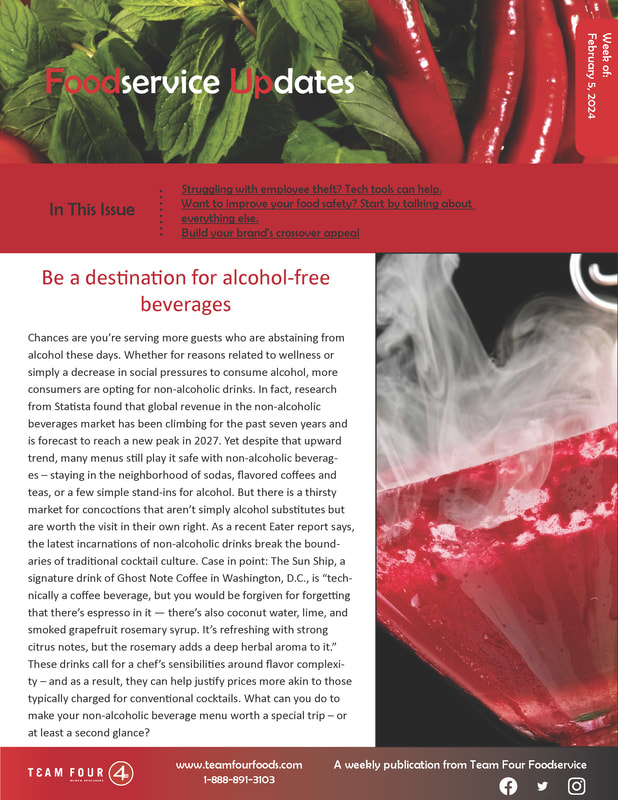
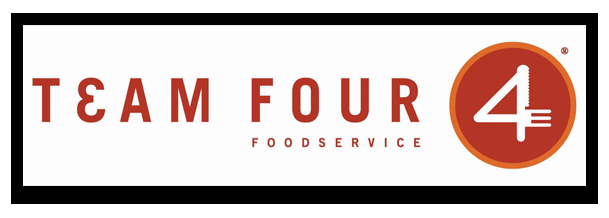
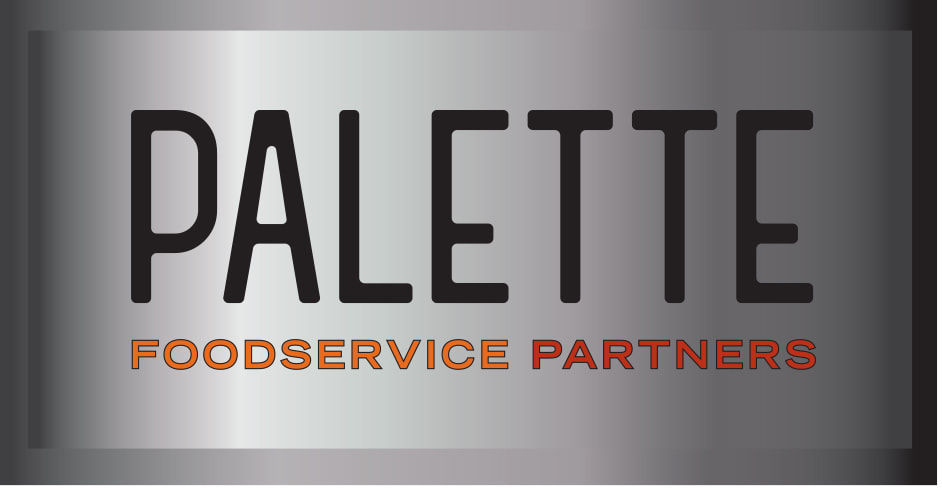
 RSS Feed
RSS Feed